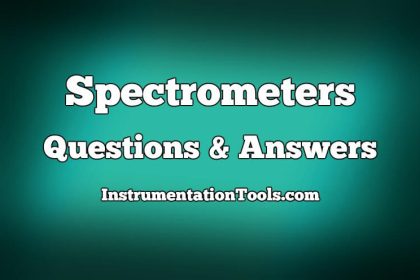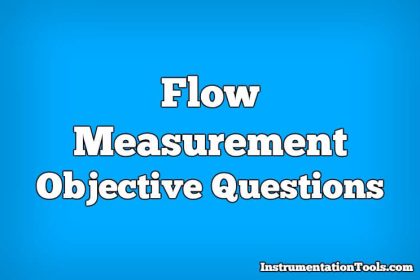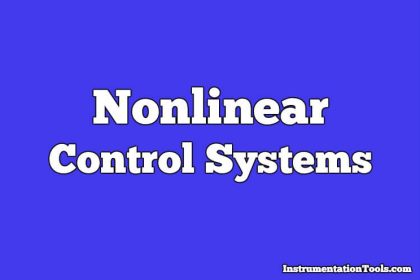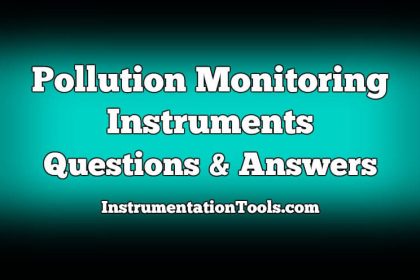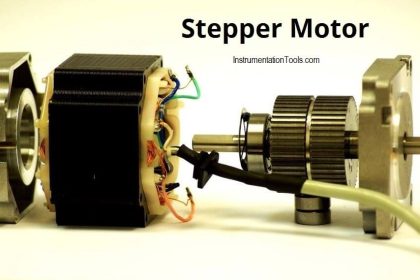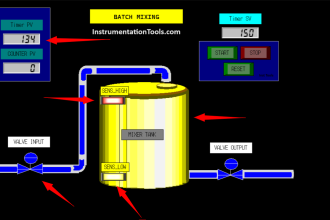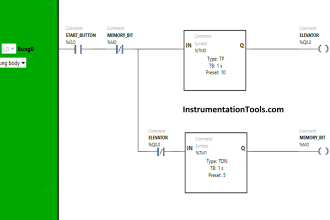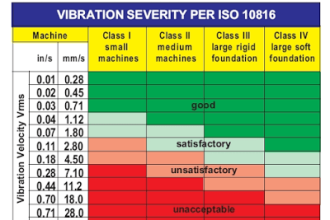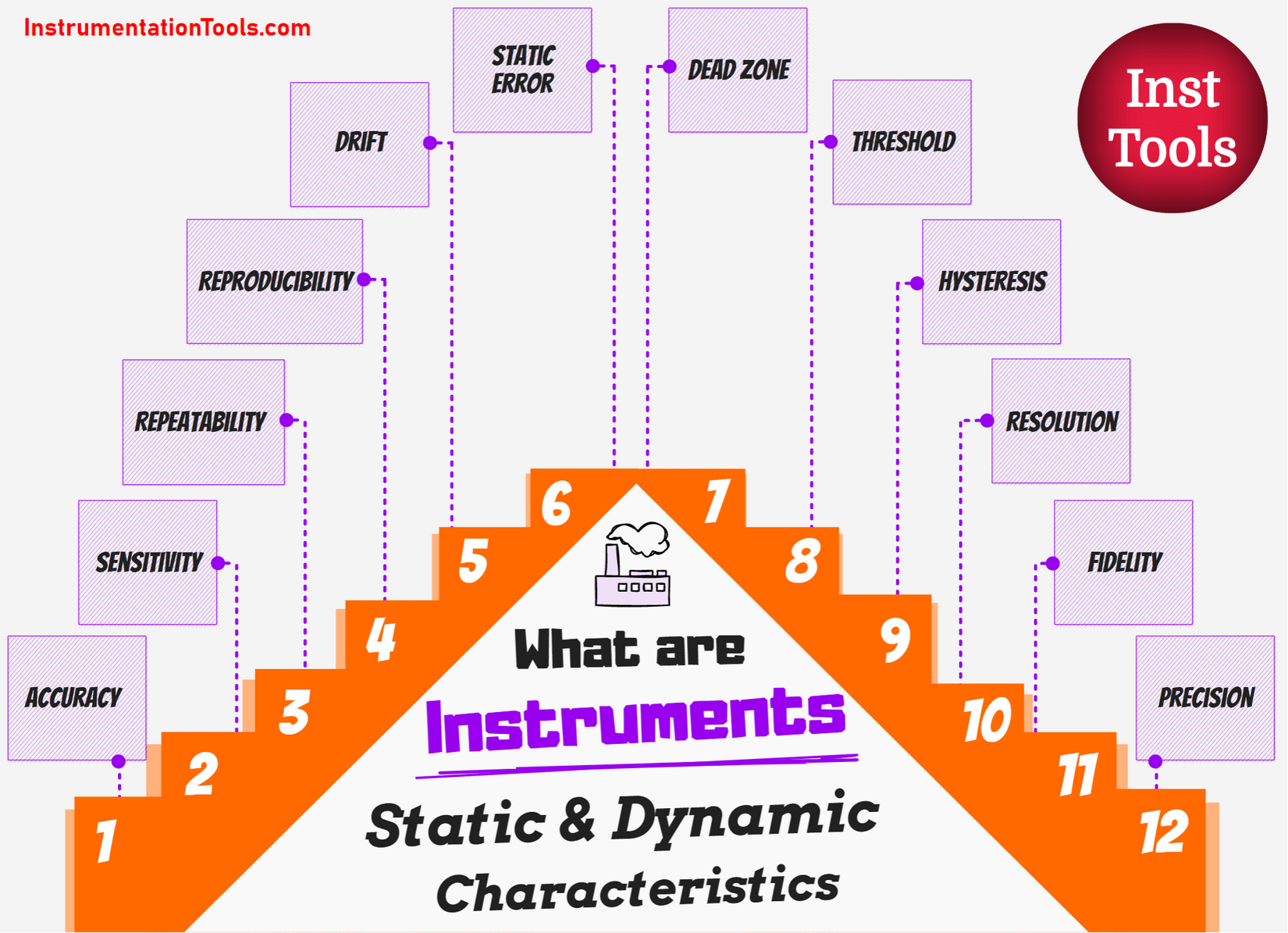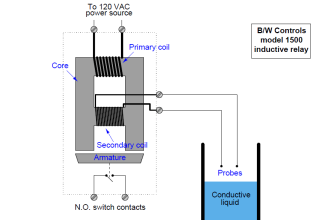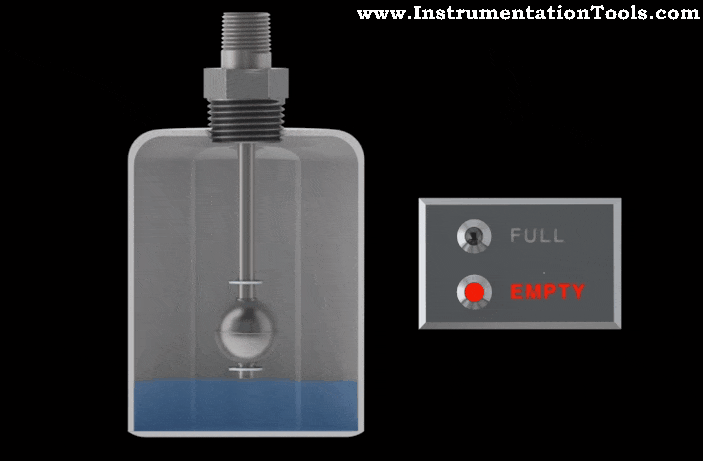Routh-Hurwitz Stability Criterion MCQ
1. Routh Hurwitz criterion gives:
a) Number of roots in the right half of the s-plane
b) Value of the roots
c) Number of roots in the left half of the s-plane
d) Number of roots in the top half of the s-plane
Answer: a
Explanation: Routh Hurwitz criterion gives number of roots in the right half of the s-plane.
2. Routh Hurwitz criterion cannot be applied when the characteristic equation of the system containing coefficient’s which is/are
a) Exponential function of s
b) Sinusoidal function of s
c) Complex
d) Exponential and sinusoidal function of s and complex
Answer: d
Explanation: Routh Hurwitz criterion cannot be applied when the characteristic equation of the system containing coefficient/s which is/are exponential, sinusoidal and complex function of s.
3. Consider the following statement regarding Routh Hurwitz criterion:
a) It gives absolute stability
b) It gives gain and phase margin
c) It gives the number of roots lying in RHS of the s-plane
d) It gives gain, phase margin and number of roots lying in RHS of the s-plane
Answer: d
Explanation: Routh Hurwitz gives the absolute stability and roots on the right of the s plane.
4. The order of the auxiliary polynomial is always:
a) Even
b) Odd
c) May be even or odd
d) None of the mentioned
Answer: a
Explanation: Auxiliary polynomial denotes the derivative of the odd equation which is always even.
5. Which of the test signals are best utilized by the stability analysis.
a) Impulse
b) Step
c) Ramp
d) Parabolic
Answer: a
Explanation: Computational task is reduced to much extent.
6. The characteristic equation of a system is given as3s4+10s3+5s2+2=0. This system is :
a) Stable
b) Marginally stable
c) Unstable
d) Linear
Answer: c
Explanation: There is a missing coefficient so the system is unstable.
7. The characteristic equation of a system is given ass3+25s2+10s+50=0. What is the number of the roots in the right half s-plane and the imaginary axis respectively?
a) 1,1
b) 0,0
c) 2,1
d) 1,2
Answer: b
Explanation: The characteristic equation has no sign changes so number of roots on the right half of s plane is zero.
8. Consider the following statement:
a) A system is said to be stable if its output is bounded for any input
b) A system is said to be stable if all the roots of the characteristic equation lie on the left half of the s plane.
c) A system is said to be stable if all the roots of the characteristic equation have negative real parts.
d) A second order system is always stable for finite values of open loop gain
Answer: a
Explanation: A system is stable if its output is bounded for bounded input.
9. The necessary condition for the stability of the linear system is that all the coefficients of characteristic equation 1+G(s)H(s) =0, be real and have the :
a) Positive sign
b) Negative sign
c) Same sign
d) Both positive and negative
Answer: c
Explanation: The necessary condition for the stability of the linear system is that all the coefficients of characteristic equation 1+G(s)H(s) =0, is they must have same sign.
10. For making an unstable system stable:
a) Gain of the system should be increased
b) Gain of the system should be decreased
c) The number of zeroes to the loop transfer function should be increased
d) The number of poles to the loop transfer function should be increased
Answer: b
Explanation: For making an unstable system stable gain of the system should be decreased.

